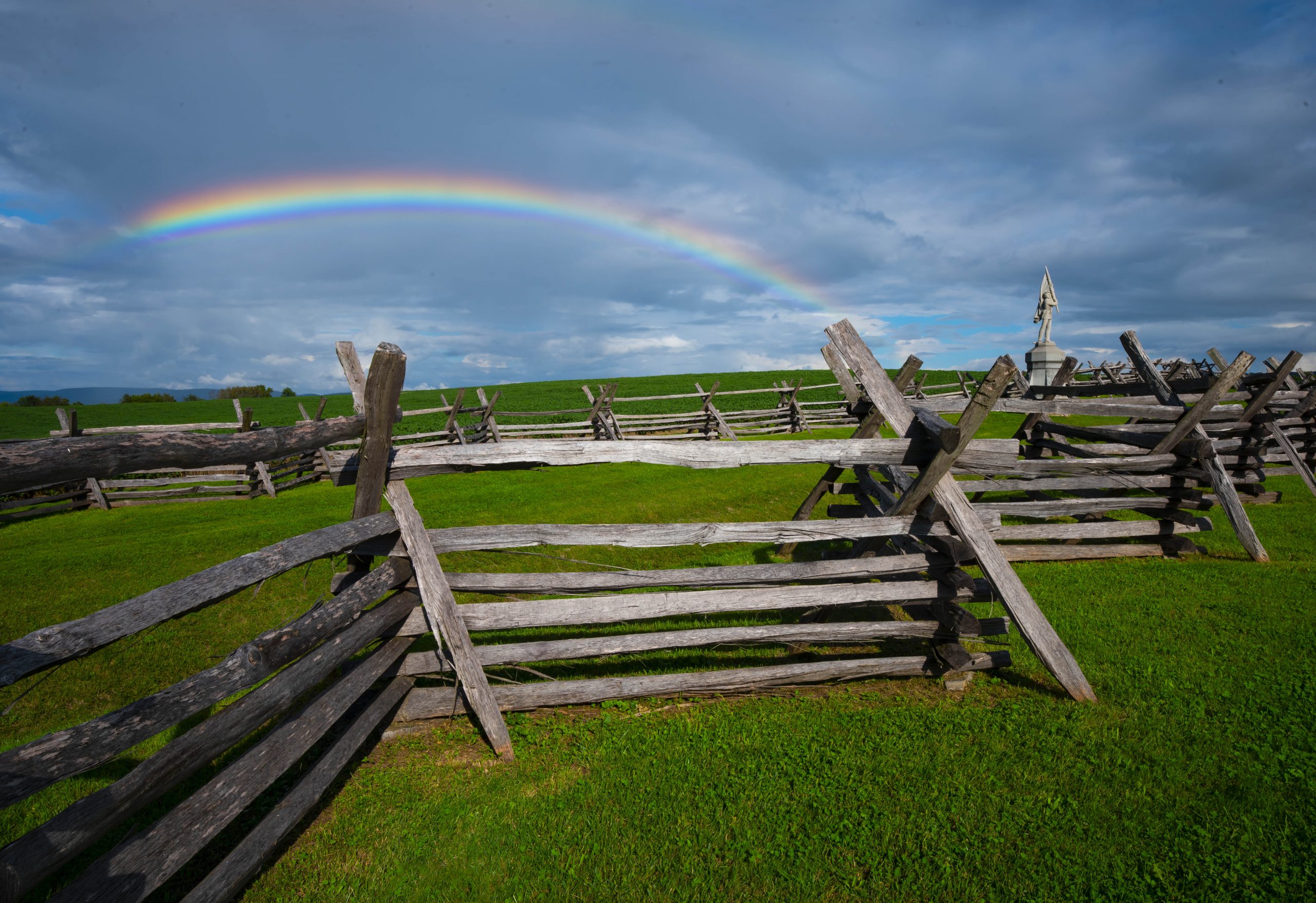A Most Awful Picture of Battle Carnage — Antietam

Like many of the Union troops at Antietam on September 17, 1862, the 132nd Pennsylvania Volunteer Regiment in Union General George B. McClellan’s Second Corps of the Army of the Potomac had not seen any combat experience until that warm, humid day 160 years ago – the single deadliest one of the Civil War.
“Green troops innocent of training and discipline vital to perform effectively on the battlefield made up nearly one quarter of McClellan’s infantry,” historian Scott Hartwig writes in his splendid book: To Antietam Creek – The Maryland Campaign of 1862 (2019).
The 132nd was formed along the northern fringes of the Keystone State’s northern border with New York – a mostly desolate, unpopulated area far from any 19th Century urban center. The regiment was mustered in at Harrisburg’s Camp Curtin in August 1862 and was moved quickly to the environs of Washington, DC, as news broke the Robert E. Lee’s Confederate Army of Northern Virginia was crossing north into Maryland in early September. The newly formed regiment camped for a couple of nights at Arlington, Virginia, which left a lasting impression on the homesick soldiers.
“The grounds… are handsome,” Captain Stillwell wrote home to a friend about Lee’s former home estate. “Stately oaks, elms and other forest trees surround the house which of itself is a handsome mansion. I could not help but feeling that Lee must have been pretty strong headed to leave his prosperity to go to ruin for the sake of an idea that the South was bound to rule.”
Antietam’s battlefield lore has been richly chronicled for posterity, and the story of the 132nd Pennsylvania’s first casualties in their attack came from a swarm of honey bees angered by an exploding Confederate artillery shell ranks as one of the best. Thousands of bees stung hundreds of the Pennsylvanians as they advanced passed William Roulette’s thriving farmstead near the sunken road in the core of the battlefield. For more than 4 hours the bee-stung regiment engaged in a close range musket fight with Confederates knelt behind the fence line perched atop a depressed farm lane.
By battle’s end, the 132nd suffered horrendous casualties in its first combat experience, yet too, there in the sunken road, Confederates would be heaped dead at places four layers deep as Union troops eventually flanked the road pouring a deadly fire into the trapped Rebels who were unable to retreat under brutal fire from their forward position.
This iconic monument was dedicated on September 14, 1904, with 50 surviving members of the regiment gathering, including regimental color bearer Frederick Hitchcock. “We have seen our beloved country emerge from her struggle for life [now] purged by the cancer of slavery which produced it….,” Hitchcock was reported to have said to those in attendance by The Scranton Republican newspaper. “Antietam is the most awful picture of battle carnage.”
Every time I walk the Anteidam Battlefied I get tears in my eyes. Such horrific carnage in mankind’s history. Much blood was spilt. So incredibly sad. ?
Sorry for the misspells